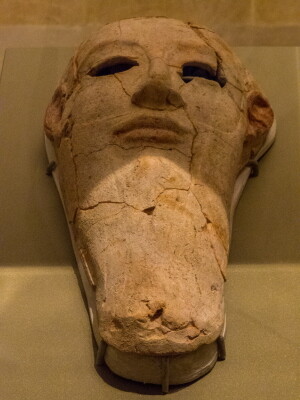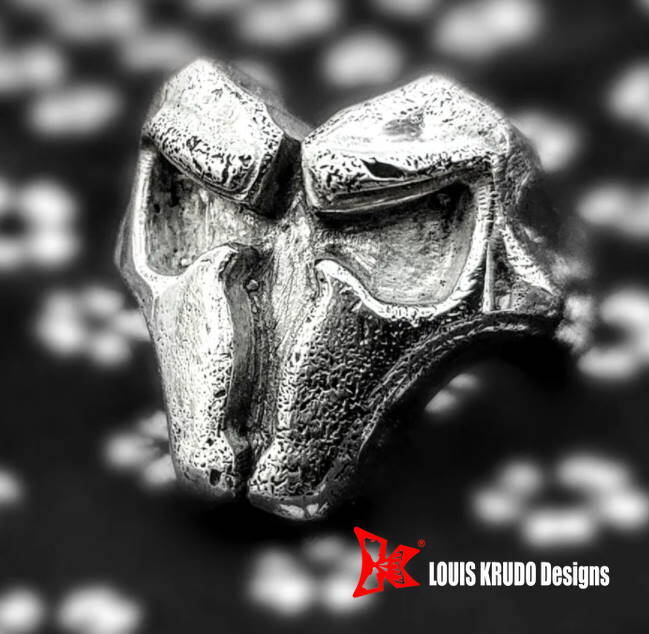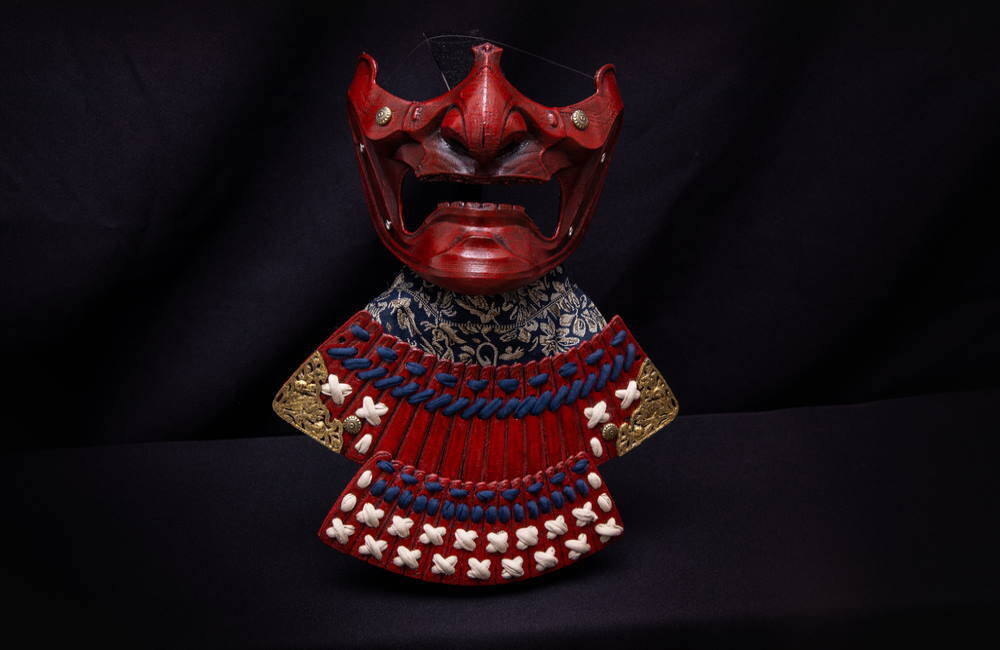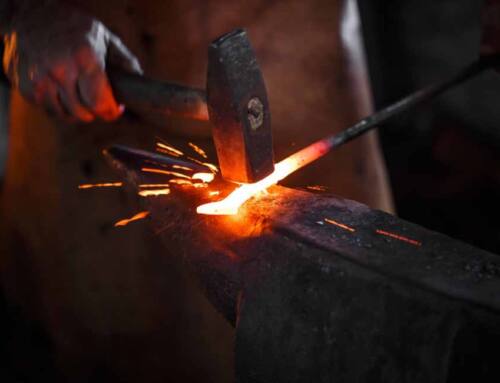The term “war mask” has different meanings in different eras. Ancient warriors wore war masks that often depicted fantastic, snarling faces meant to frighten enemies. Ancient Greeks and Romans carved grotesque masks into battle shields or attached them to body armor, as did the Chinese.
What Kinds of Body Armor are There?
But people also associate war masks with the mask worn by soldiers maimed in World War I to hide their hideous injuries. Masks also were used in ancient times during cholera epidemics and measles outbreaks, something everyone can relate to during our current pandemic. Other mask uses including their use by the False Face People of the Iroquois tribe to drive out demons and on the theater stage to create memorable visual effects.
For the origins of masks – including war masks – experts trace the beginning to hunters and funerary masks.
Funerary Masks

Most mask experts trace the first masks to Stone Age hunters who wore them to disguise themselves as they closed in on their prey.
But more elaborate masks may have started with face coverings for the dead, such as the Mycenaean funerary mask. In most cases, mask makers intended the mask to represent the features of the dead, honor them and connect them to the afterlife. Some cultures also used masks to frighten away evil spirits and give the deceased a clear path to the spirit world.
Starting during the Middle Kingdom, ancient Egyptians used masks, sometimes made of gold (non-royalty got stucco or plaster), to cover the faces of fallen rulers. Other cultures in what is now Thailand and Cambodia did the same.
Romans used death masks made by artists from a wax cast over the features of the deceased. European royalty and nobility revived this practice in the Middle Ages. It continued well into the 18th century.
What Was It Like To Be A Viking?
Warrior Masks
 From this culture of masks emerged the war mask, which warriors put on to instill fear in those they faced and for protection during battle. War masks invariably featured a malevolent face affixed in an angry pose. One of the more famous war masks were the menpō, which were used by Japanese samurai. They often covered the bottom half of the face.
From this culture of masks emerged the war mask, which warriors put on to instill fear in those they faced and for protection during battle. War masks invariably featured a malevolent face affixed in an angry pose. One of the more famous war masks were the menpō, which were used by Japanese samurai. They often covered the bottom half of the face.
Another common face, especially on the shields of Greek and Roman warriors, came from Gorgons, figures from Greek mythology who had snakes for hair and could turn anyone who looked at them into stone.
Other cultures also deployed war masks. War masks have been found on archaeological sites in Mongolia and Tibet. Iron war masks from the 10th to 13th century have been found in Ukraine and Russia, and from the 13th century to the 16th century in Iran.
You can see the continuation of the warrior mask in popular culture such as the “Star Wars” series, where many of the villains wore masks.
World War I
 Another use of masks happened after World War I. While not so well known as other masks, they provide a haunting reminder of the cost of violence and war.
Another use of masks happened after World War I. While not so well known as other masks, they provide a haunting reminder of the cost of violence and war.
The human toll of World War I was horrific, with more than 8 million combatants and 13 million soldiers killed. With new weapons such as machine guns, as well as more wounds from bomb shrapnel, soldiers and civilians suffered devastating facial injuries. Artists ended up opening mask shops to design war masks for victims because plastic surgery was not yet commonly taught.
These masks, many with smooth, carved skin and even fake eyes, covered missing noses and holes in the face, among other physical horrors. Creative people on both sides of the war also put the “broken faces” (gueules cassées – broken mouths – in French) to use in creative fields for the purposes of showing the real cost of war and promoting anti-war sentiment.
For example, German author Ernst Friedrich used photographs of injured soldiers with patriotic captions in his book “War Against War.” And the 1938 French anti-war film “J’accuse!” used a cast of real injured soldiers to play a host of ghouls risen from the grave to remind leaders of their deaths as Europe stood on the brink of World War II. Some believe these masks inspired the “reveal of the monster” scene in “The Phantom of the Opera,” the 1925 silent film based on the 1910 novel by the French writer, Gaston Leroux.
These are just some of the many highlights of masks and war masks through the ages. They remain an interesting historical item that exists at the combination of art, war and ceremony.







Leave A Comment